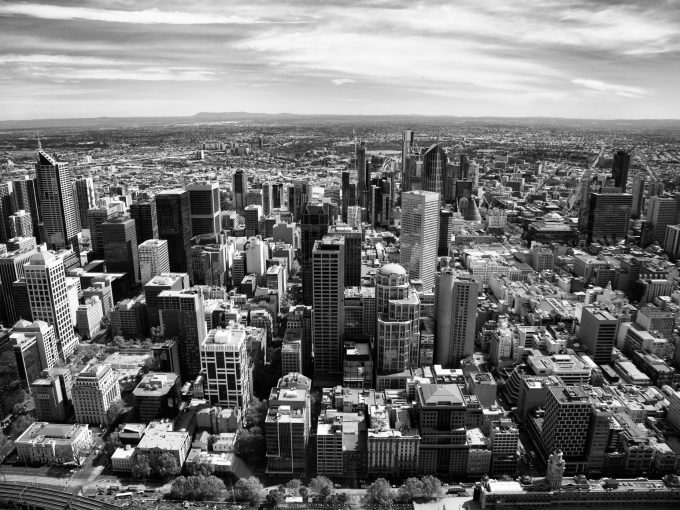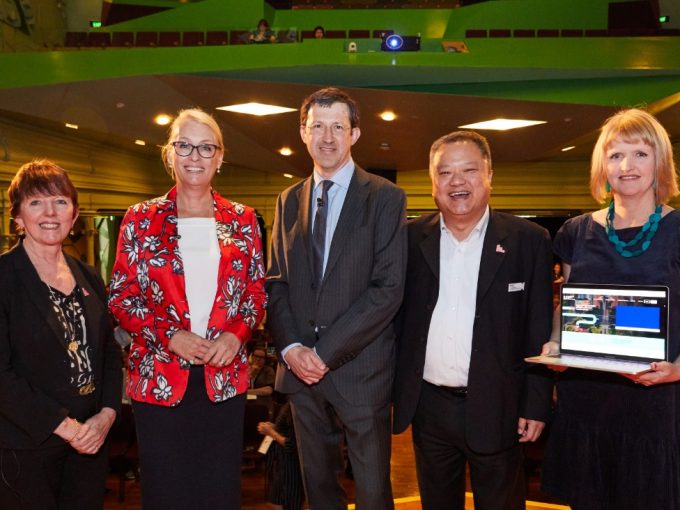With its high population density and compact built environment, the Catalan capital is employing nature-based solutions to tackle typical urban challenges and improve the life of its inhabitants.
During a visit to RMIT Europe earlier in the year, Distinguished Professor Billie Giles-Corti, Director of RMIT University’s Urban Futures Enabling Capability Platform, had the chance to explore the Spanish city’s superblocks first-hand and reflect upon their potential to reform city life.
According to Giles-Corti, whose own research looks at the effect of the built environment on health and wellbeing, Barcelona’s commitment to nature-based solutions puts it on the right path to addressing poor air quality and noise pollution.
Barcelona’s superblocks aim to reduce the use of private vehicles, improve pedestrian mobility and reclaim public spaces for the benefit of its citizens.
In order to exploit the initiative’s full potential and achieve these goals, radical changes to transportation networks are required, as well as a shift towards alternative ways of navigating the city.
As Giles-Corti discovered, Barcelona’s superblocks incorporate walkable neighbourhoods with well-connected streets, providing easy access to shops and services, and make public spaces available for the use of residents.
“Reducing the population’s reliance on cars is fundamental to enhancing Barcelona’s liveability, and will address environmental challenges which contribute to lower life expectancy and premature deaths,” Giles-Corti said.
“Melbourne has a lot to learn from Barcelona – actions such as controlling car usage, improving public transport and promoting cycling not only bring about health benefits but are predicted to save the city 1.7 billion euros per annum.”
Rethinking and evolving the design of our cities can bring about additional benefits, according to Giles-Corti, such as an increased sense of community and social sustainability.
New emission zones, restrictions on speed limits, and higher parking costs are some of the measures designed to reduce the tendency to drive and thereby encourage the use of bicycles and public transport.
By 2024 it’s predicted that 125,000 vehicles will have been removed from the centre of Barcelona.
“Citizens are being empowered to reclaim the city on foot and bike,” Giles-Corti said.
Despite the benefits, there has been some resistance to Barcelona’s superblock project, in particular from local business owners.
“It’s important that the city council engages with all members of the community when implementing these types of initiatives,” Giles-Corti said.
“Consultation will ensure that the designs meet the public’s needs and that they fully reap the rewards.”
Opposition is expected to lessen over time as people adapt to the superblock concept and experience tangible outcomes, including improved mental and physical health, associated with lower levels of pollution and traffic.
“It’s possible that going forward, younger generations won’t even see a need to get a driving licence,” Giles-Corti said.
Previously ranked among Europe’s noisiest cities, Barcelona’s transformative superblocks may instead make it a contender for ‘most liveable’.
Story: Hannah Tribe and Marlen Kakkori




